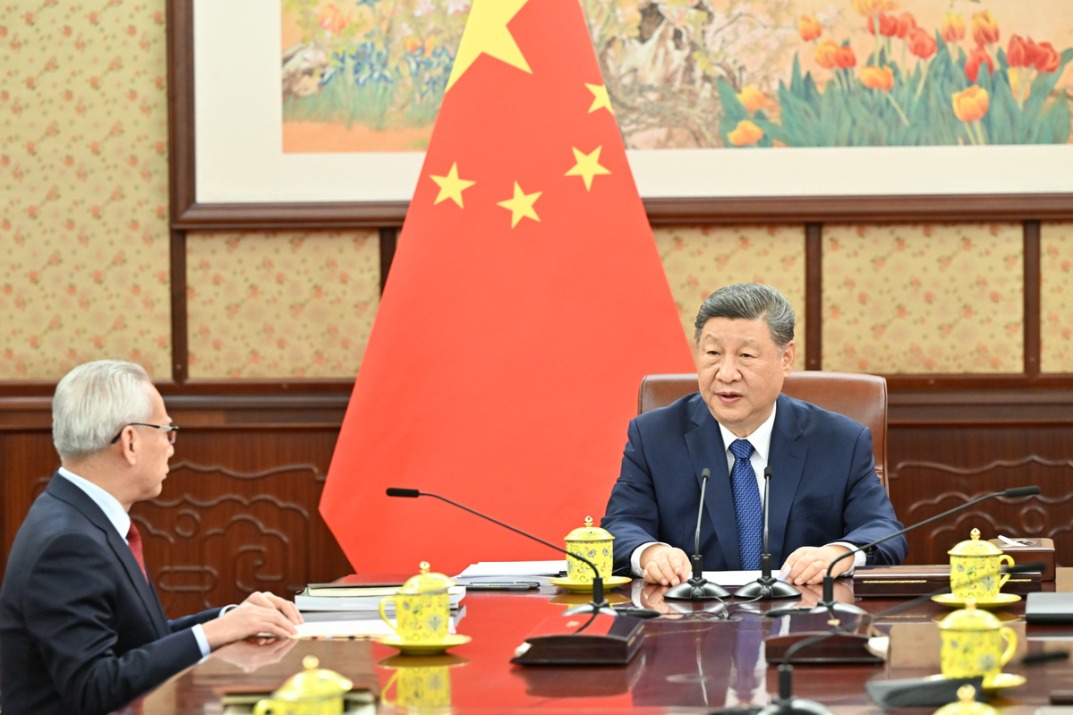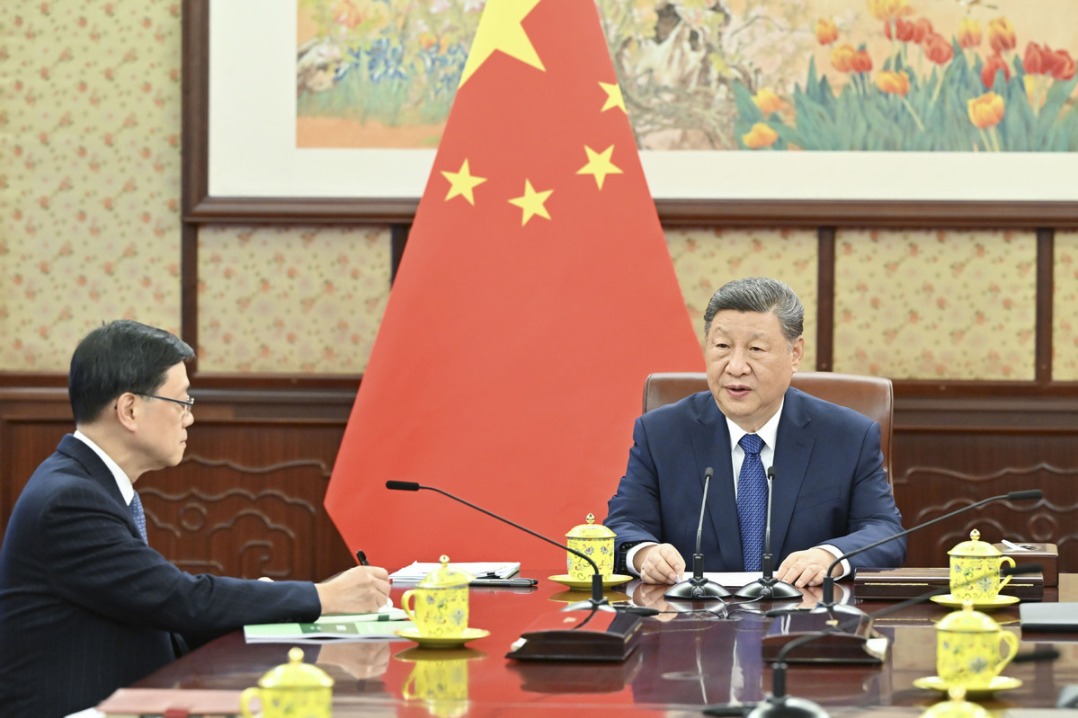Pushing for green development and lifestyles
By David Blair | China Daily | Updated: 2020-04-10 10:54

The government has greatly strengthened environmental protection institutions. Regulations in 2015 mandated that all local officials be held responsible for environmental outcomes under their control. No longer responsible just for raw GDP growth, their promotions also depended on the outcome of an in-depth environmental responsibility audit.
And in 2018, the State Council, China's Cabinet, created the new Ministry for Ecology and the Environment, which consolidated environmental policy and enforcement that had previously been dispersed among many government agencies.
January 2018 revisions to the tax code implemented sliding pollution tax rates. Since local governments are able to keep 100 percent of pollution tax revenues, they have strong fiscal incentives to carry out strong enforcement.
Among many other measures, soil protection laws enacted on Aug 31, 2019, required authorities to set national soil pollution standards and conduct regular, publicly available soil examinations.
Fang, who earlier was an environmental inspector, found that strong enforcement often helps technologically advanced companies.
For example, a very poor county in Shandong province previously had many small-scale, highly polluting steel forges that remelted scrap metal. Often they were run by a small village. Even single families had small forges in their backyards. None of them had environmental impact statements.
Therefore the local government closed these illegal small forges and asked a large company to set up a modern forge. Because it had higher quality and a well-known brand, the larger company could sell its products at higher prices. It was also able to offer jobs to the small forge owners who had to shut down.
Previously, the bigger company could not compete with the large number of small companies that were not paying for environmental facilities. The local government told Fang that the tax revenue of the government increased because of the rise in total profits.
Similarly, Yang, of Peking University, pointed to the city of Jieyang, Guangdong province, which is a leading center for manufacturing stainless steel products. The city has around 4,000 stainless steel companies, with over 200,000 workers.
Starting in 2013, the city government and an association of companies worked together to build a new wastewater treatment center and acid treatment center. Now, many of the smaller, undercapitalized companies have closed and others have moved toward higher-quality products that can command prices high enough to pay for the investment.
The city has now attracted investment from more than 30 high-tech environmental protection companies from Germany and other European countries. While some workers lost their jobs, many were rehired by the upgraded factories while others received retraining assistance.
During a May 2017 study session of the Political Bureau of the CPC Central Committee, General Secretary of the CPC Central Committee Xi emphasized China's green development strategy: "China has made historic social and economic achievements since the reform and opening-up, which the country should be proud of. Rapid development has also left the country with environmental issues that need to be remedied through great efforts."
Xi added:"To push green development and green lifestyles, the country should adopt a new development philosophy and correctly handle the relationship between economic development and environmental protection. China should firmly reject development models that damage or destroy the environment and bid farewell to practices that boost short-term economic growth at the cost of the environment."
The author is a senior staff commentator at China Daily.
























